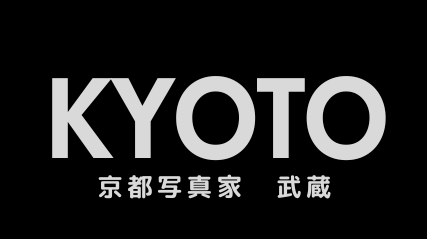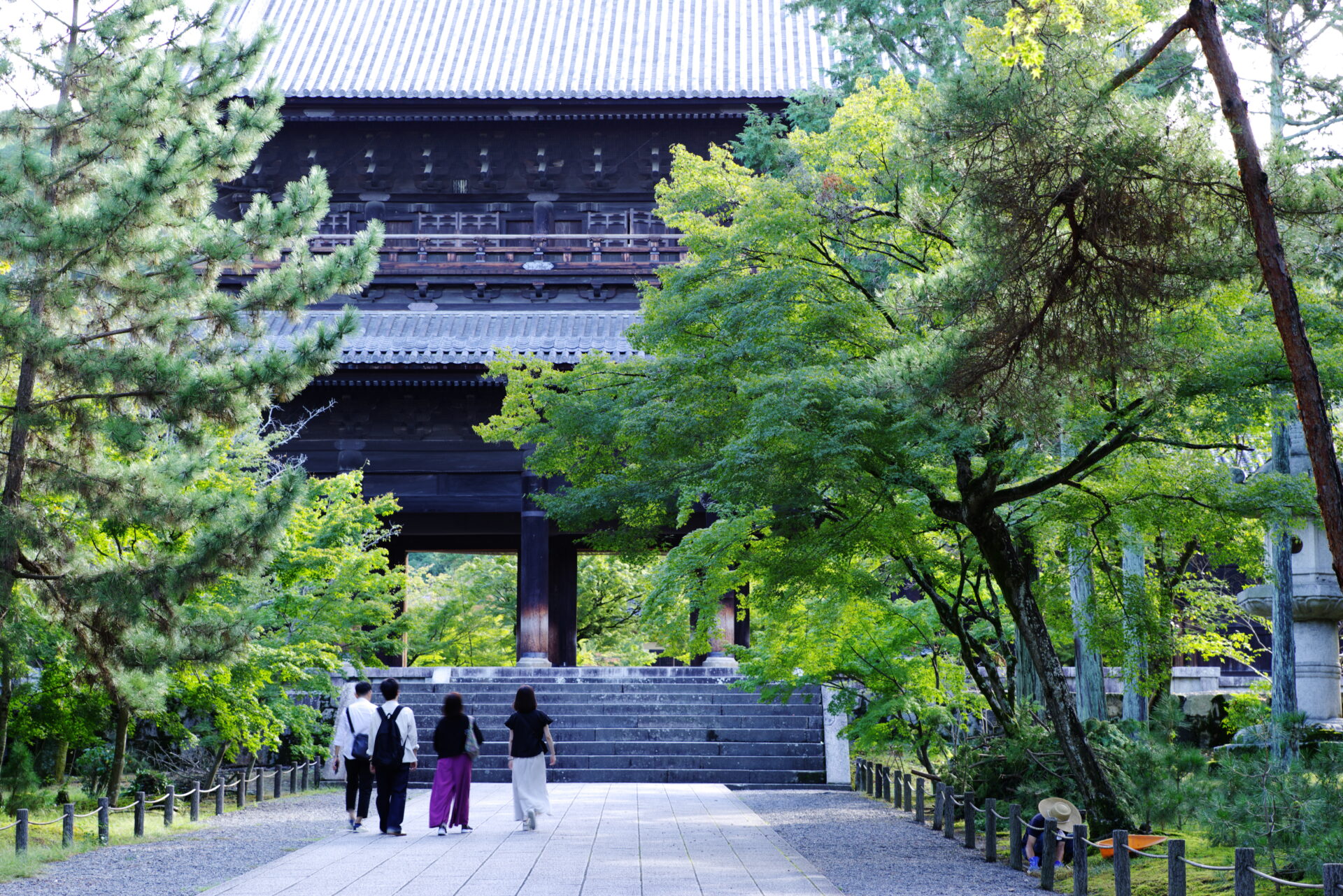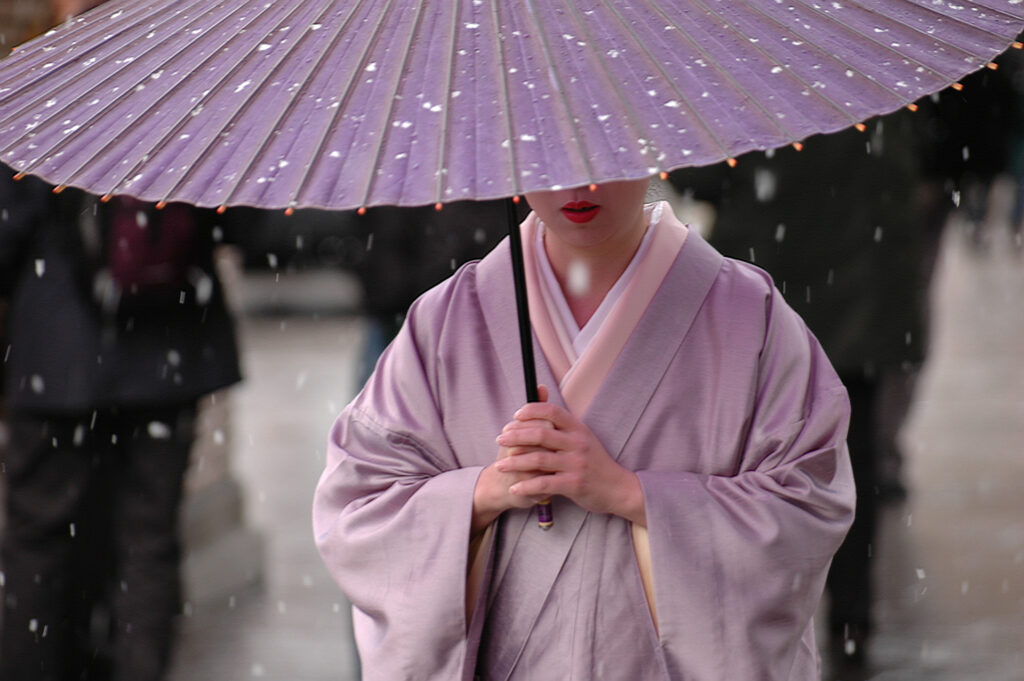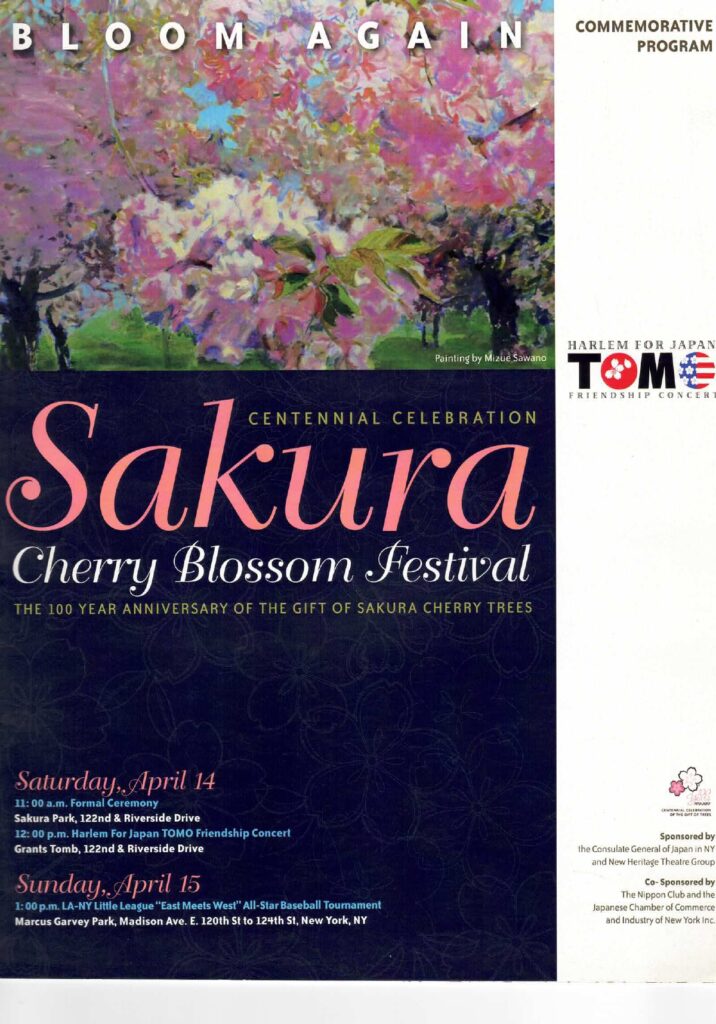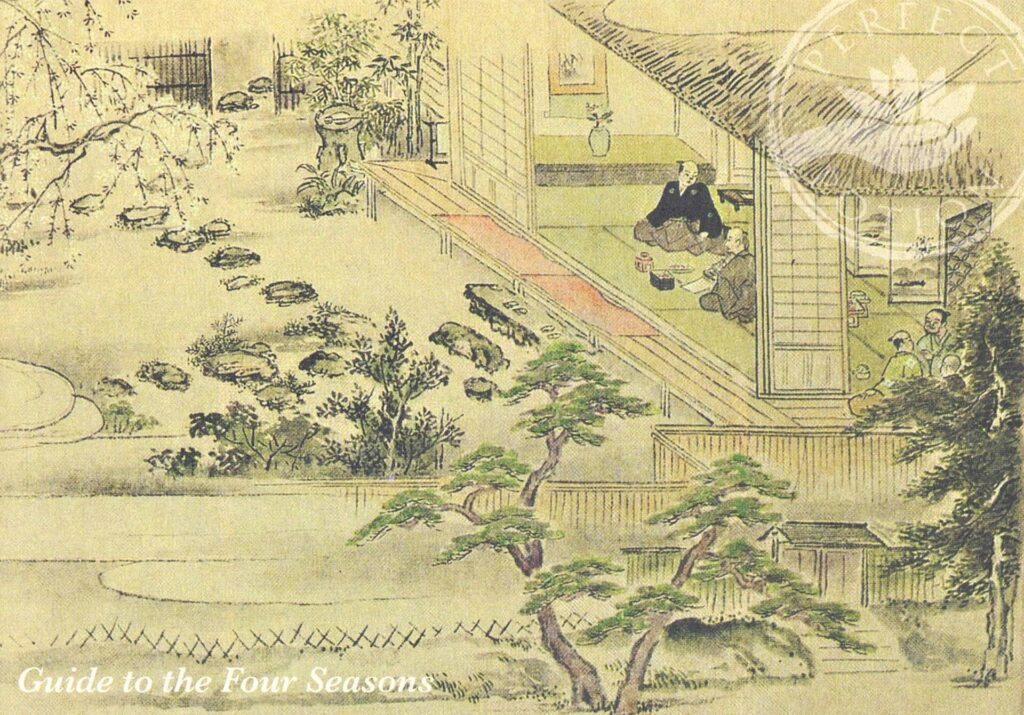Nanzenji is a historic Zen Buddhist temple located in Kyoto, Japan. It was founded in 1291 and is known for its serene atmosphere, traditional Japanese gardens, and impressive architecture. The temple complex features the grand Sanmon gate, a famous aqueduct, and beautiful moss gardens. It’s a popular spot for experiencing Japanese culture and Zen meditation.
photo equipment : PENTAX K-1 Mark II + HD PENTAX-D FA 24-70mmF2.8ED SDM WR
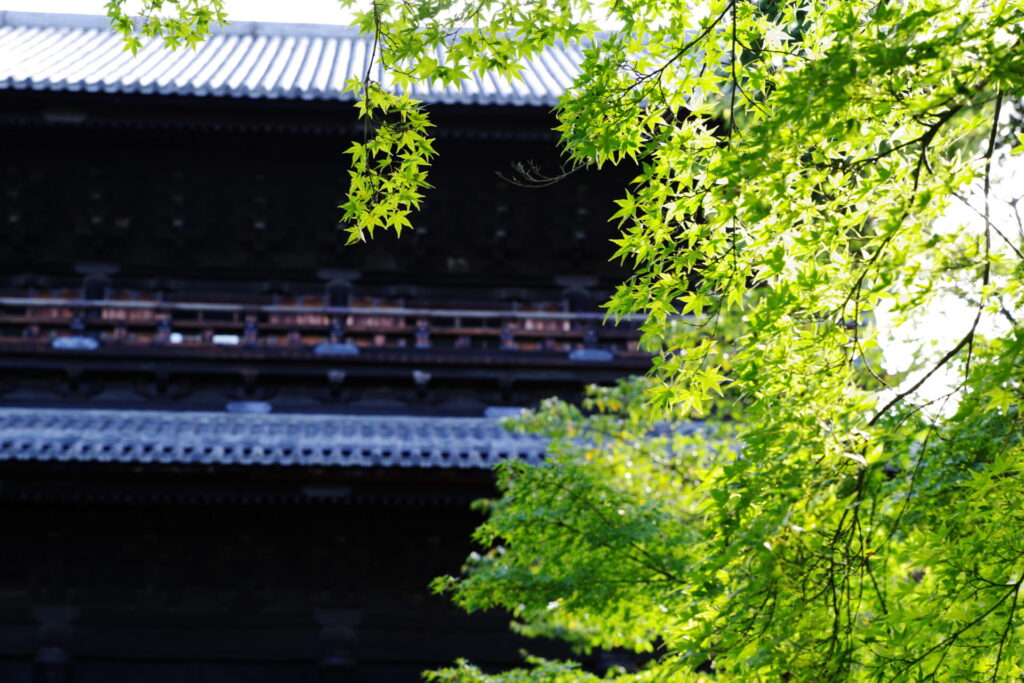
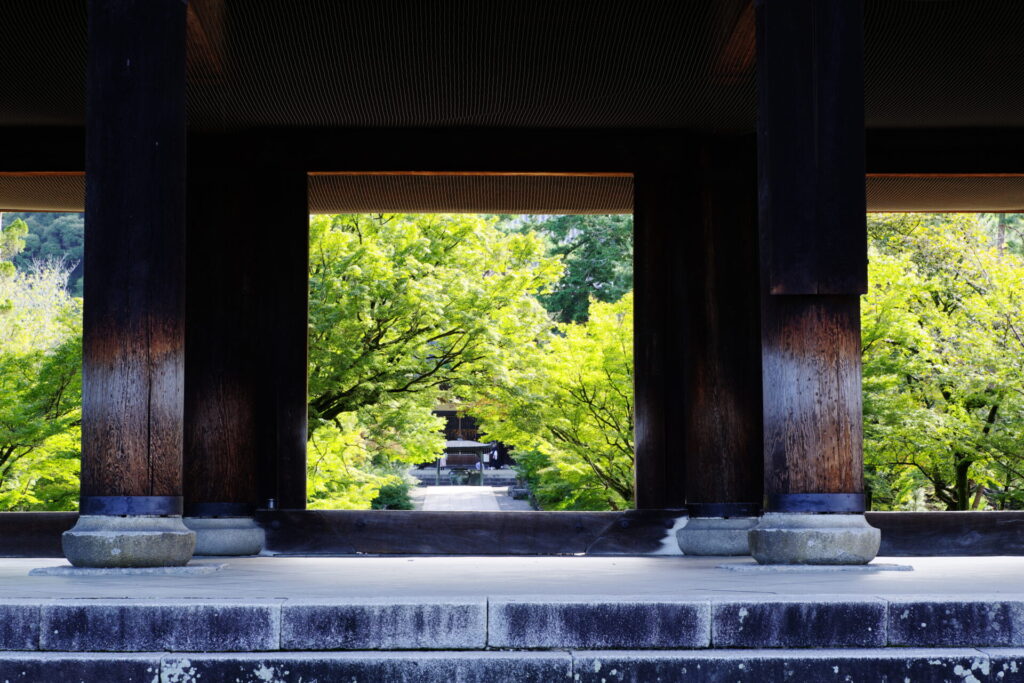
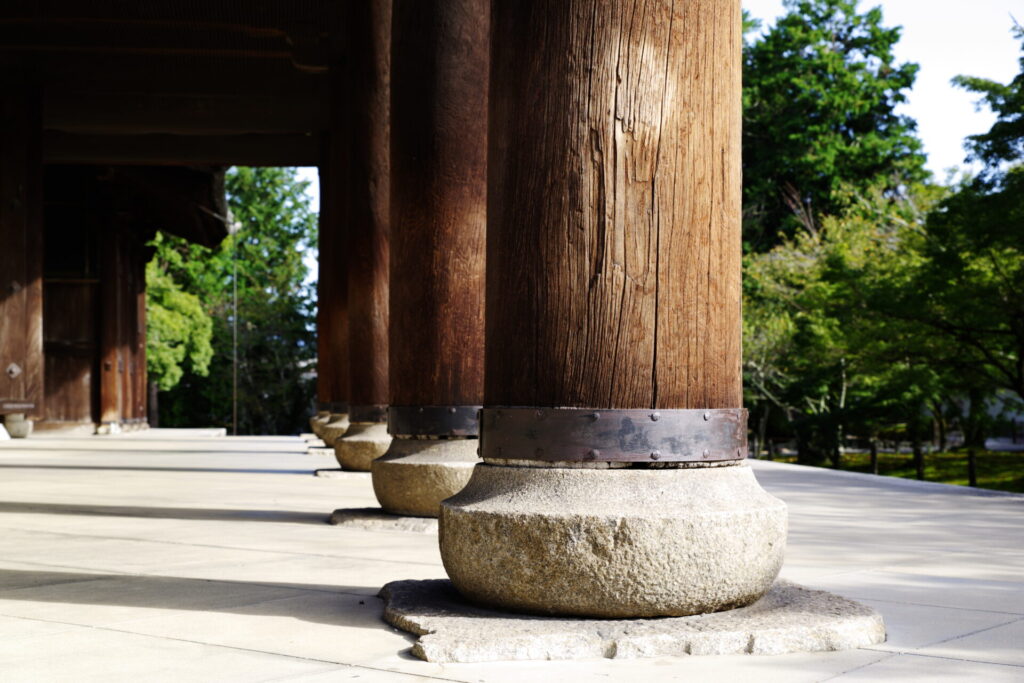
The waterway at Nanzen-ji Temple is part of the Lake Biwa Canal, an impressive structure built in the late 19th century during Japan’s Meiji period. This canal was designed to transport water from Lake Biwa to Kyoto, serving various purposes like irrigation, supplying drinking water, and powering Japan’s first hydroelectric power plant. The aqueduct at Nanzen-ji is one of the most iconic sections of this canal.
Built in Roman-style brick arches, it stands out with its distinct Western architectural influence amidst the traditional Japanese temple surroundings. The peaceful blend of nature, historical architecture, and flowing water makes it a popular spot for visitors to enjoy both history and scenic beauty.

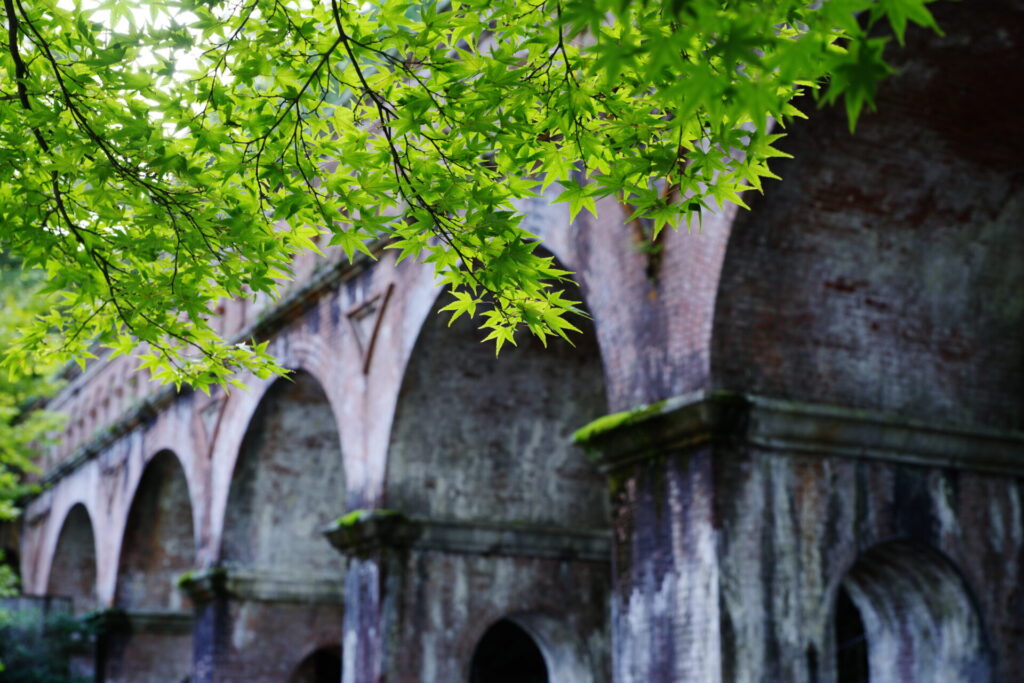
Explanation of the Lake Biwa Canal Project
- Background
In the late 19th century during the Meiji era, Kyoto, once the political and economic center of Japan, faced stagnation in economic development and a declining population. To revitalize the city, a new waterway project was initiated, and Lake Biwa, Japan’s largest lake, was chosen as the water source. - Purpose of the Lake Biwa Canal
The Lake Biwa Canal is an artificial waterway built to bring water from Lake Biwa to Kyoto. This project had several major purposes:- Water supply for agriculture and daily life
Since Kyoto is surrounded by mountains, it lacked sufficient water resources. The water from Lake Biwa became essential for agriculture and the daily lives of citizens. - Use as a transportation canal
At that time, ships were an efficient means of transporting goods. The Lake Biwa Canal allowed for the transportation of goods between Lake Biwa and Kyoto by boat, making it easier to move supplies. - Hydropower generation
The water power of the canal was used to generate electricity, providing energy for factories in Kyoto. This was one of the first full-scale hydroelectric projects in Japan.
- Water supply for agriculture and daily life
- Completion and Impact of the Lake Biwa Canal
The large-scale project was completed in 1890, significantly impacting Kyoto’s economy and daily life. Thanks to the canal, Kyoto was revitalized, and its industries flourished. Even today, the canal still plays an important role in the city’s water supply and is a valuable tourist attraction. Visitors can see sites like the Keage Incline, which was once used to transport goods.
Lake Biwa Canal Museum Official site: https://biwakososui-museum.city.kyoto.lg.jp/en/museum/
